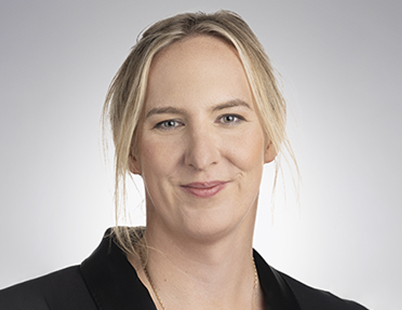The single most pressing question in today’s net lease marketplace is this: What’s happening with cap rates?

For the past two years, cap rates in the net lease market have been steadily increasing, driven by rising interest rates and a notable decline in 1031 exchange activity. Historically, the flow of 1031 buyers has been a major factor in keeping cap rates aggressive, as these investors—motivated by tax deferral and tight transaction deadlines—often paid a premium for properties.
Now, the combination of higher financing costs and fewer 1031 buyers has created a noticeable shift. As the commercial real estate landscape begins to show signs of increased transaction volume following a sluggish 2024, questions abound about where cap rates—and 1031 buyers—go from here.
READ ALSO: 5 Overlooked Insurance Gaps That Could Impact Profitability
The cap rate reset
The days of ultra-aggressive cap rates in the net lease market are behind us. Rising interest rates have reset expectations across the board. Deals that once penciled in the low-5 percent range are now transacting in the 6 percent to 7 percent range, and even higher in some cases. This shift isn’t just about interest rates—it’s about a recalibration of risk and return in a market where capital is more selective and cautious.
That said, recent signs of life in the broader commercial real estate market are encouraging. As transaction volumes start to pick up, more 1031 buyers are reentering the net lease marketplace. But the data on their activity remains largely anecdotal, leaving many investors and market participants to speculate on the true extent of their impact.
What about 1031 exchange buyers?
While cap rates have taken center stage, 1031 buyers remain a critical piece of the puzzle. Historically, these investors have provided liquidity to the net lease market and kept demand strong for core assets like pharmacies, fast food and essential retail. But with fewer transactions in 2024, their influence waned.
Now, with deal volume increasing, we’re hearing that more 1031 investors are coming back into the fold. Still, there’s no definitive data to quantify their resurgence. The usual sources—industry data providers, brokerages, title companies and accommodators—offer little transparency, leaving the market to rely on anecdotes rather than hard facts.
So, while we know 1031 buyers are returning, the following questions remain:
• Are they willing to transact at today’s higher cap rates?
• Are they adjusting their risk tolerance or shifting asset preferences?
• How much impact will their activity have on pricing moving forward?
The new normal for net lease
The interplay between rising cap rates and the evolving 1031 buyer landscape highlights the complexity of today’s market. Investors are navigating a new normal, where pricing expectations, financing costs and buyer demand all look very different than they did just two years ago.
What we’re watching
Looking ahead, we’re closely monitoring a few key trends:
• Transaction volume: Is the recent uptick in activity sustainable, or is it a short-term reaction to pent-up demand?
• Cap rate stabilization: Will cap rates plateau, or could further rate hikes push them even higher?
• 1031 buyer behavior: Are these investors adapting to the current environment, or will we see a permanent shift in their activity levels?
The net lease market is undergoing a transformation. Understanding where cap rates and 1031 exchange buyers fit into this new reality isn’t just about staying informed—it’s about staying ahead.
BJ Feller is senior vice president & managing director at Northmarq.
